Click below to view the video
This video investigates the prophet Moses and the people of ‘Ad as found in the Qur’an and the Bible. What do the historical records tell us?
Transcript
Video #17 This is a general transcript of a Dan Gibson video in the series: Archeology and Islam.
Hello, I am Dan Gibson and welcome to another video in the series Archeology and Islam. In this video we are going to explore some of the challenges that face us when finding the archeological record of the prophet Moses. He is mentioned in both the Bible and the Qur’an. In the Bible we have the five Books of Moses, (Genesis, Exodus, Leviticus, Numbers, and Deuteronomy) He is also mentioned in the Qur’an, more than 130 times, which is more than any of the other prophets.
Now the story of Moses is fascinating, because it starts in Egypt where the family of Moses: his mother and father and his sister are basically slaves, along with their entire tribal group of people. Something has happened, and they have fallen out of favor with the rulers of Egypt, and now they are controlled and exploited, living a life of slavery in Egypt.
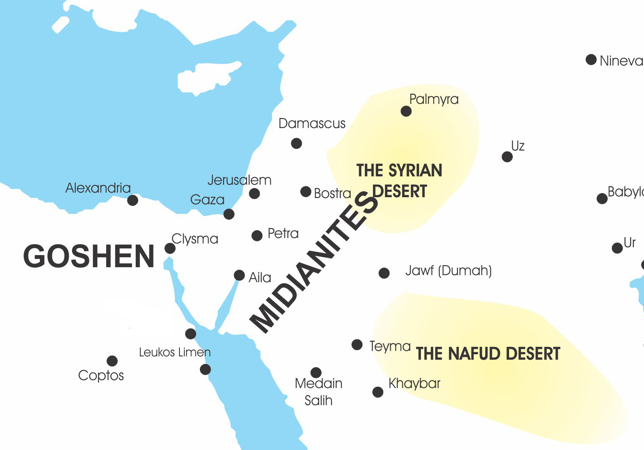
Location of Goshen
But as a baby, Moses ends up in the courts of the king, adopted into Pharaoh’s household. Years later, when he is a man, he has conflict with an Egyptian and he is exposed as being the son of a slave woman, and he has killed this man; so he runs away, and lives in the land of Midian. Later he returns with his younger brother Aaron, and he leads the people, his people, known as the Children of Israel out of Egypt, through the deserts, until they enter into the Levant, and become the nation of Israel.
In the Bible the emphasis in this story is on the slaves being set free and being made into a great people. In the Qur’an the emphasis is on Moses being called as a messenger of God, to lead his people out of idolatry and into monotheism, thus making the story parallel to the situation Muhammad faced.
The Bible assumes that being the descendants of Abraham, Isaac and Jacob, the nation of Israel at that time were monotheists already, but many of them have been influenced by the Egyptians and the polytheists among whom they lived.
Now, there are several problems in finding Moses in Egyptian history in archeology. First of all, for the first part of his life, Moses was a minor figure in Pharaoh’s courts.
The Bible tells us that he was an adopted son of one of the daughters of Pharaoh. The Qur’an only mentions the wife of Pharaoh. An adopted son is not in a very high standing, so he certainly does not appear in any of the King lists.
Second, as a young man he ran away from Egypt. Imagine the scandal that might have happened as he ran away. One of the sons of Pharaoh runs away. For sure, if no one knew … if they didn’t know before they knew afterwards that he was an adopted son, of a slave woman. And so nothing that would be mentioned on temple walls for sure.
And then, years later, he returns, and he leads a slave revolt. Do you think that would be written down? Listen, most of the records we have in Egypt, are the writings that kings had put on walls of temples to celebrate their reigns. They wrote down all of the great things they had accomplished. They wrote down the people they conquered, the things they wanted others to remember them about. What king in his right mind is going to write down that during his reign, a whole group of slaves successfully revolted, led by a man who had been raised in the king’s own court?
I don’t think you are going to find Moses, so you shouldn’t expect to find Moses in the Egyptian official records. So how will we find him?
This is where the chronologists step in. These are people who work hard on arranging the order if these kings or pharaohs. We have lots of different tombs. Lots of different inscriptions, with each Pharaoh bragging about all the wonderful things he did. But how do you get these in order? It is a lot of work.
Now which king follows another king? Sometimes one follows the other, father and then son, so it is a bit easier. But sometimes there is a violent takeover, or some other reason for a change. So the king dies without a son, maybe a new group takes over; so there is a break in the king list. And a new king list starts. Maybe it only lasts one or two kings, and then another new list starts.
Now Chronologists have another problem. They have different king lists from different civilizations. How does one match up a king list from Egypt with king lists from Babylon, or Assyria, or what’s happening in the Jewish records, where there were not only kings at some point, but also a list of high priests?
And what do you do when there was a civil war, and the nation is divided for a while, and two kings rule at the same time; or how about a takeover, when one king is thrown out and another king comes in. Maybe there are vassal kings, or sub-kings to rule under him, so there may be more than one king ruling at the same time?
And there is another more complicating fact. This is called co-regency. In this case a king sets someone, most likely his son on the throne, and they rule together for some years until the son is old enough to rule on his own.
But the official king list just tells us that one king ruled after the other king. It gives the years that the older king ruled, and it gives the years that the younger king ruled, but did they overlap and for how long and for how many years? Usually we are not told.
So now we have a problem. First, we have multiple king lists of pharaohs, that we are not 100% sure how they line up with each other. We are not sure how long the king lists are in themselves because they are kind of elastic. They could be longer or shorter because there might be some overlap. Second, we are not 100% sure how these elastic king lists line up with other kingdoms? So when it comes to finding Moses, we have multiple theories about where he fits into Egyptian history; and that normal.
This happens all the time as we look at history. Now along with this, we have lots of historians who insist that an absence of evidence is evidence of absence. And they say, it there is no record of Moses in the Egyptian records, then he didn’t exist.
And if you try to contend with them, they simply point at the various theories, and say… you cannot agree where he exists, so that is additional proof that he didn’t exist. He is probably just a fable or something that people made up.
Now those who believe in prophets as messengers of God, and they have faith in the writings of the prophets. So they are very interested in finding where Moses fits. Other people may not care so much. But people of faith do.
Now we know that Moses is a major character in the history of the Children of Israel. So we are looking for a bridge between the history of the Children of Israel and the king list of the Pharaohs to see how they fit.
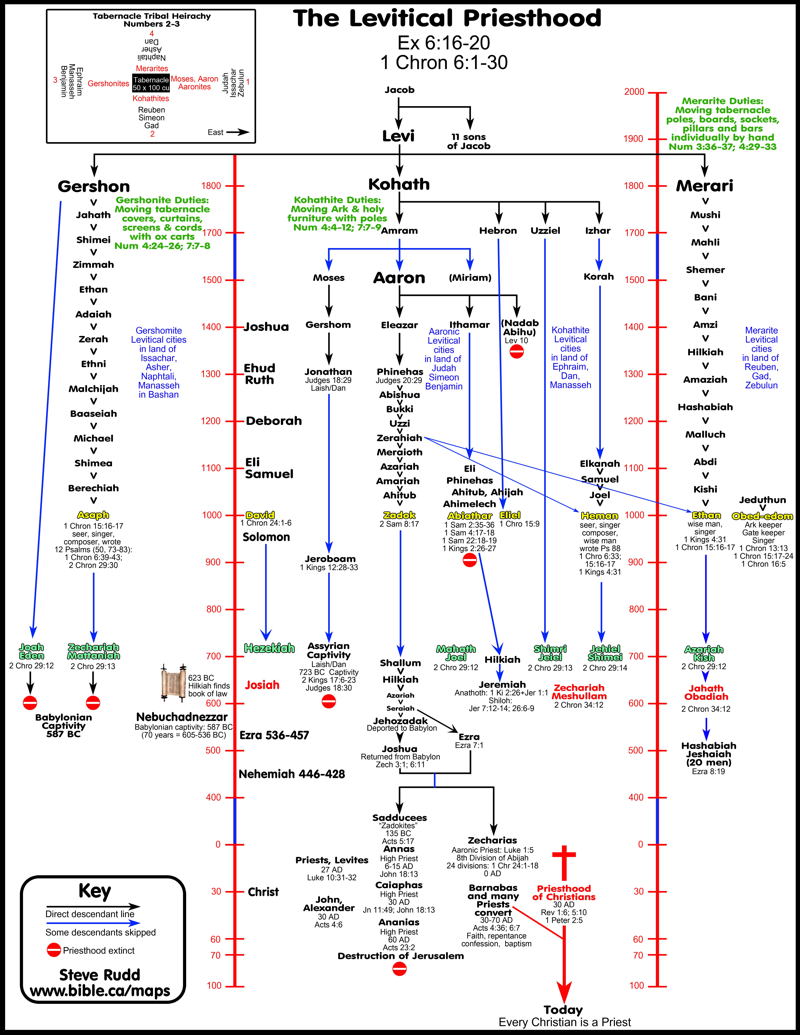
The Priesthood
But the Children of Israel did not have a king at this time. It would be hundreds of years before the Children of Israel had a king. Now, they had a list, but it was a list of High Priests, not kings. There wouldn’t be any kings for another 400 years. And even then, the High Priest list is more important than the king list. This has been a problem for some traditional chronologists. Now chronologists have one more big problem. Around the change of the millennium, BC, when Moses would have existed, there was a major invasion into Egypt. People called the Hyksos, or the shepherd kings came into Egypt, and they ruled for a number of years, until an Egyptian man rose up, mobilized the Egyptians, and they threw off the invaders, and, then, that Egyptian man became Pharaoh.
So the question is, was Moses before the Hyksos, was he after the Hyksos, or were the Children of Israel themselves the Hyksos? All three scenarios have been suggested by different historians.
And to add to this, the Hyksos were people from the Levant, that is mostly from what is Jordan today. And they were a nomadic people with horses that invaded from the Levant into Egypt; hordes of them pouring into Egypt.
Now some people have looked at them, and have looked at the Egyptian records and what they say about them, and have decided that these Hyksos are very similar to the Children of Israel. And they are right. They are very similar.
I have read multitudes of theories on this. Some say they were, maybe the Amalekites coming in; some say they were Edomites; some say they were Canaanites, some say they were Ishmaelites who invaded. They all have good arguments.
So welcome to the world of archeology and Moses. There the study of chronology is so important.
Now, where do I stand in all of this? Personally, I believe that Moses was born right after the war to throw off the Hyksos. I have lots of reasons why I believe that. And they are tied up with my study of Islam. And when I look at the Qur’an and what does the Qur’an say, and what do other histories say.
So I am going to explain my position in very broad terms, and very simply. If you are interested in more details, you can read more in the book: Qur’anic Geography. That is because I believe that the Hyksos were the people of ‘Ad; the people mentioned in the Qur’an, and in the last video, I associated ‘Ad with the land of ‘Ad, or the land of Uz as it is in the English translation tells us.
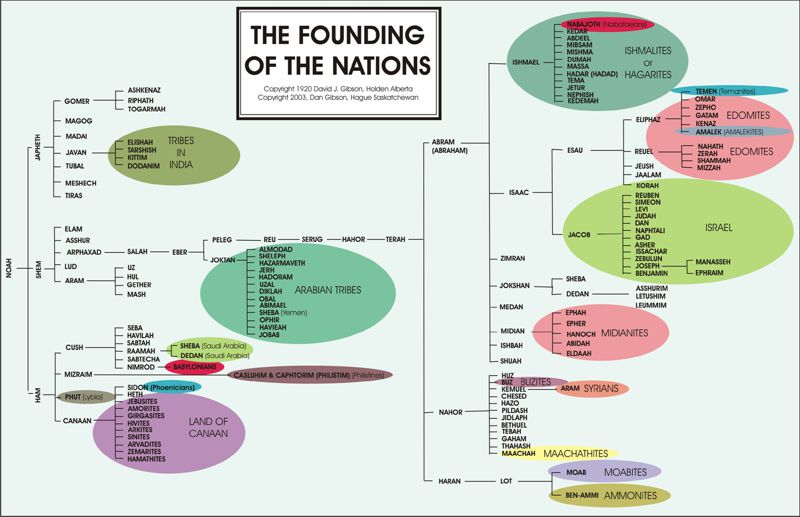
The Nations descended from Noah, taken from Genesis and Chronicles.
Now here is a chart, made from the Bible describes the nations that emerged from the Middle East. It starts with Noah and his sons on one end, and it expands as we move along, until we come to the offspring of Abraham. This chart is just a map of what the Bible gives in all those long lists of so and so begat so and so, and he begat so and so, and so forth. My grandfather and my father worked on this, and produced this chart many years ago and I have found it useful.
Now regardless of your opinion of this list, whether it reflects the truth or not, it demonstrates how the tribes in the Middle East saw their descendants.
In much the same way, I have sat in Bedouin tents and listened to them giving their chronologies; going back generation after generation. It’s important to them. Is it important that that they are 100% correct? What’s important thing is to try to understand how they see their own history. How do they see their family, and their tribe, all fit together in the worldview of the Bedouin.
Now years ago I lived with the Daraousha tribe. And they were a sub-tribe of the Howeitat. And the Howeitat were just a large tribe that were just a sub-tribe, of the Bedouin and the different Bedouin groups that were there. Now all these tribes have history that reaches far back into time. That’s why this chart is important. It is showing us the history as the people would have seen it, as recorded in the Bible.
I believe that on the right, we have the People of ‘Ad. And the Children of Israel included in the list. If we remove the children of Israel, because they are in slavery the rest of the people make up the tribes that made up the People of ‘Ad. This include: Edomites, Moabites, Ishmaelite, Amalekites, Buzites, and the early Syrians. These were all cousin tribes, related by blood and by language. They united into a federation of tribes, and were joined by some of the Canaanites and other groups nearby.
Together they became a very large military force, made up mostly of nomads. But more importantly, they were nomads with horses. Most of the settled people did not have horses. This gave these nomads, this federation; a military edge.
Their base of operation was around the Petra Area, going down into Wadi Rum, and they were known, this area was known as Imram, rather than just Rum it is Imram, the early name. In Imram, there were mountains with lofty cliffs that looked like pillars. Lawrence of Arabia called them the Seven Pillars of Wisdom, after a term used in Solomon’s book of Proverbs.
Now this army invaded north into the lands we now call Syria and Mesopotamia. Remember Job?
We talked about him. He was a famous person among this federation, and they would have told his story wherever they went. But maybe Job was even alive during part of this time! What ever happened so many years ago, there is a memory of the people of Ad or the people of Uz, they swear that Job drank from a well, up there is Mesopotamia, that story is still there to this day.
From there, the nomadic army would have swept south into Oman. And the people of ‘Ad are famous, and Imram is remembered, those lofty pillars, and along with the tomb of Job. And I have stood in the Job’s tomb there in Oman, where everyone says, this is where Job died and where he was buried. And maybe it is true.
From Oman the army moved west into Yemen. In Yemen the people of ‘Ad and the pillars of Imram are remembered, as well as the story of Job, whose story would have been fresh still among them in their memory. So even to this day, people told me while I was in Yemen about Job.
Now this nomadic force swept back up, having conquered all around Arabia, as they went home, back up into this area And then they began to expand elsewhere.
Now the Children of Israel are in Egypt and their living there in peace, but once the Hyksos came in, everything changed.
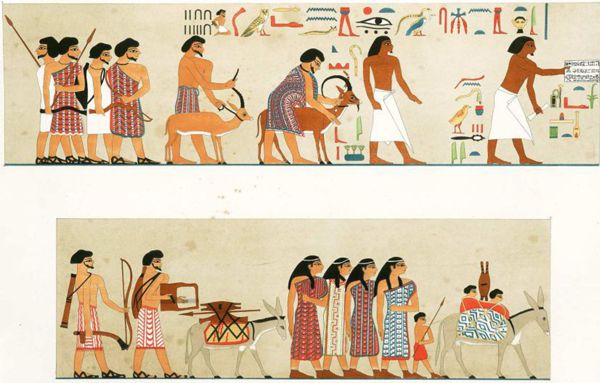
Semitics on Egyptian walls
Now the Children of Israel were in Egypt and they were looking after cattle. Now the Egyptians didn’t like cattle. So the Children of Israel lived in the land of Goshen, this green area in the delta of the Nile River, and they were cattlemen.
When the Hyksos arrived into Egypt, I am sure that the lives of the Children of Israel were improved because these were distant relatives, these Hyksos tribes that came in.
But when the Egyptian man rose up, and united the Egyptians, and they threw off the Hyksos people and chased them back into their home country. He then became Pharaoh and a whole new king list started.
With this defeat of the Hyksos, this Federation of Ad as the Qur’an describes them, they broke up, and suddenly we have Edomites, Amalekites, and other tribes appear in history. For the first time a few buildings begin to appear, and it appears that the Edomites are a very small nation. Which they are, as the armies of the Federation have been defeated, and now just a remnant survive to start again in different places.
In the Bible, in the second book of Moses, known as the Book of the Exodus, Moses tells us that in Egypt, a new Pharaoh arose, who did not remember Joseph. Now this is a key statement. Joseph was the one who brought his extended family into Egypt. But after the Hyksos were thrown off, the Egyptians began to look with suspicion at the Children of Israel. They were distantly related to the people of ‘Ad, the Hyksos.
And so a campaign began to subvert them, and eventually enslave them. And into this situation, the man Moses was born.
Now why is this important? Remember, the prophet Muhammad is standing in Petra, talking to the people there. This is significant. Because the people of ‘Ad ended up settling in the greater Petra region. Everyone there would have known of the illustrious history of the People of ‘Ad. And so, Muhammad, this is very important to him. You see, in his worldview, there were three times that the people of Arabia were united and became great. Muhammad had a dream, which he inherited from his grandfather Abdul Mutalib, that Arabia could be united again. But Arabia was divided religiously. They had no prophet.
So uniting the people was of prime importance, and so Muhammad makes reference to these three times Arabia was united. Once under the Federation of ‘Ad, led by the Edomites. Four hundred years later again a federation of tribes led by the Midianites. You can read about that in your Bible during the time of Gideon; and then later, under a federation led by the Nabataeans.
Josephus claimed that in his day the Nabataeans lived through the whole country extending from the Euphrates River down to the Red Sea. He refers to this area as Nabateni, or the greater Nabataean area. Josephus goes on to say that it was the Nabataeans who conferred their names on all the Arabian nations at that time. So Muhammad refers to these people but he calls them the people of Thamud. Tham means afterwards, making the name into: Tham-‘Ud or those that came after or replaced ‘Ud, or ‘Uz, or the land of ‘Ad, depending on how you are taking the name.
And so now Muhammad has a dream of uniting the Arabs again; and he as their prophet and as their leader. This is why he writes about the people of ‘Ad, why he talks about Midian, and why he talks about Tham’Ad. Just as we might say today the Edomite federation, the Midianite federation and the Nabataean federation. This is all in the book Qur’anic Geography.
And so Moses becomes a key figure in the Qur’an, just as he is in the Jewish scriptures, and in the Christian writings. More mention is made of Moses than of Abraham (that is Ibrahim in Arabic), ah, you find more about Moses in the Qur’an than these others.
Just because we cannot find record of Moses in Egyptian history does not mean he did not exist. Memory of him is alive in well throughout the Middle East, in the records of Jews, Muslims and Christians.
Don’t expect to find him on temple walls, and don’t expect to find him in the king lists. Because he led a group of slaves out of Egypt, and he revolted, and the armies of Pharaoh were destroyed in the river, although it doesn’t tells us that Pharaoh himself died there. So we are not looking for a king who died in the water. It doesn’t tell us that specifically. It tells us his armies perished there.
And so we hunt for Moses and I believe we can find that Pharaoh, and we can find that record, it is all in this book: Qur’anic Geography.
I am Dan Gibson, and this has been another video in the series Archeology and Islam.
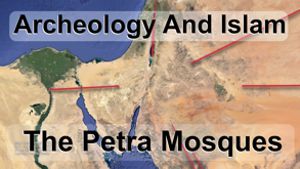
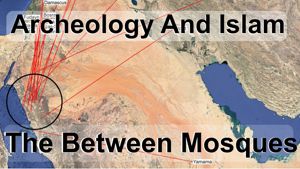
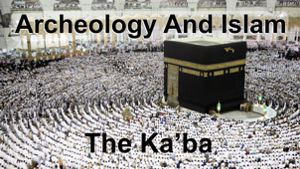
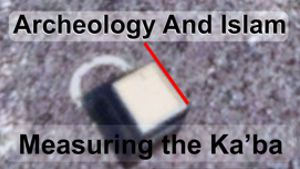

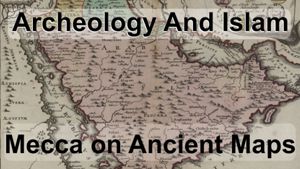
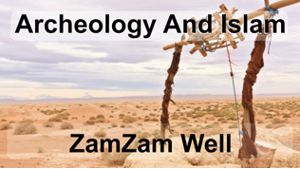
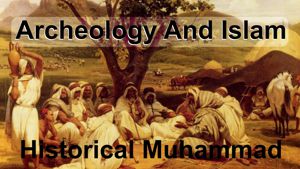
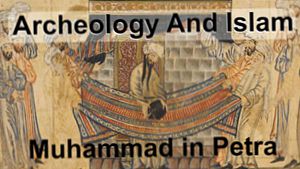
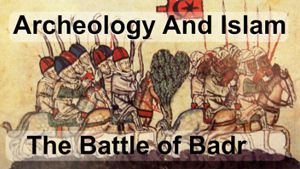
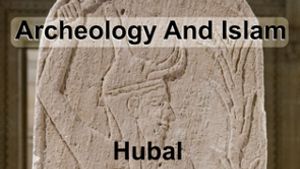
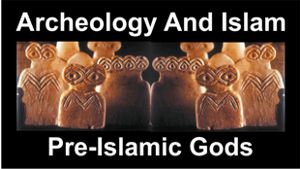
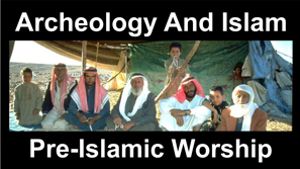

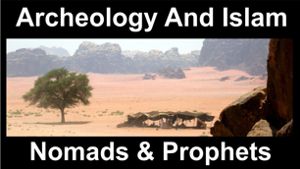
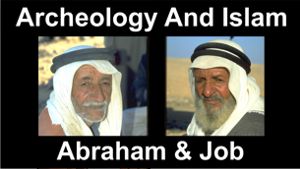
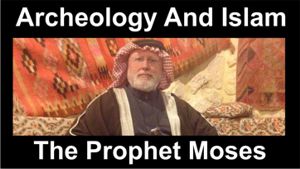
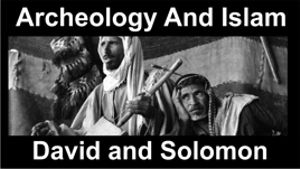

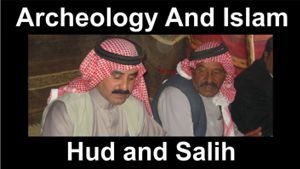
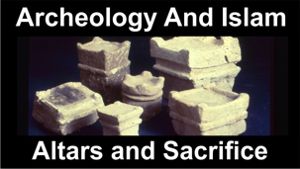
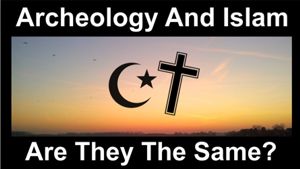
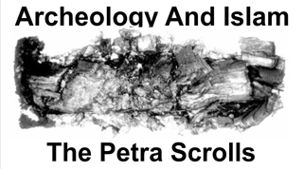
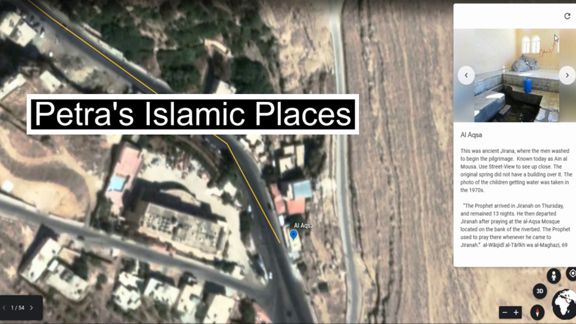

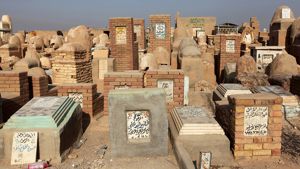
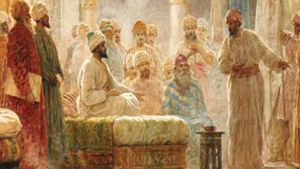
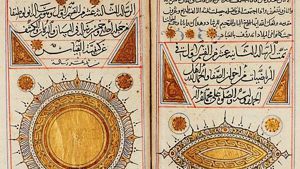
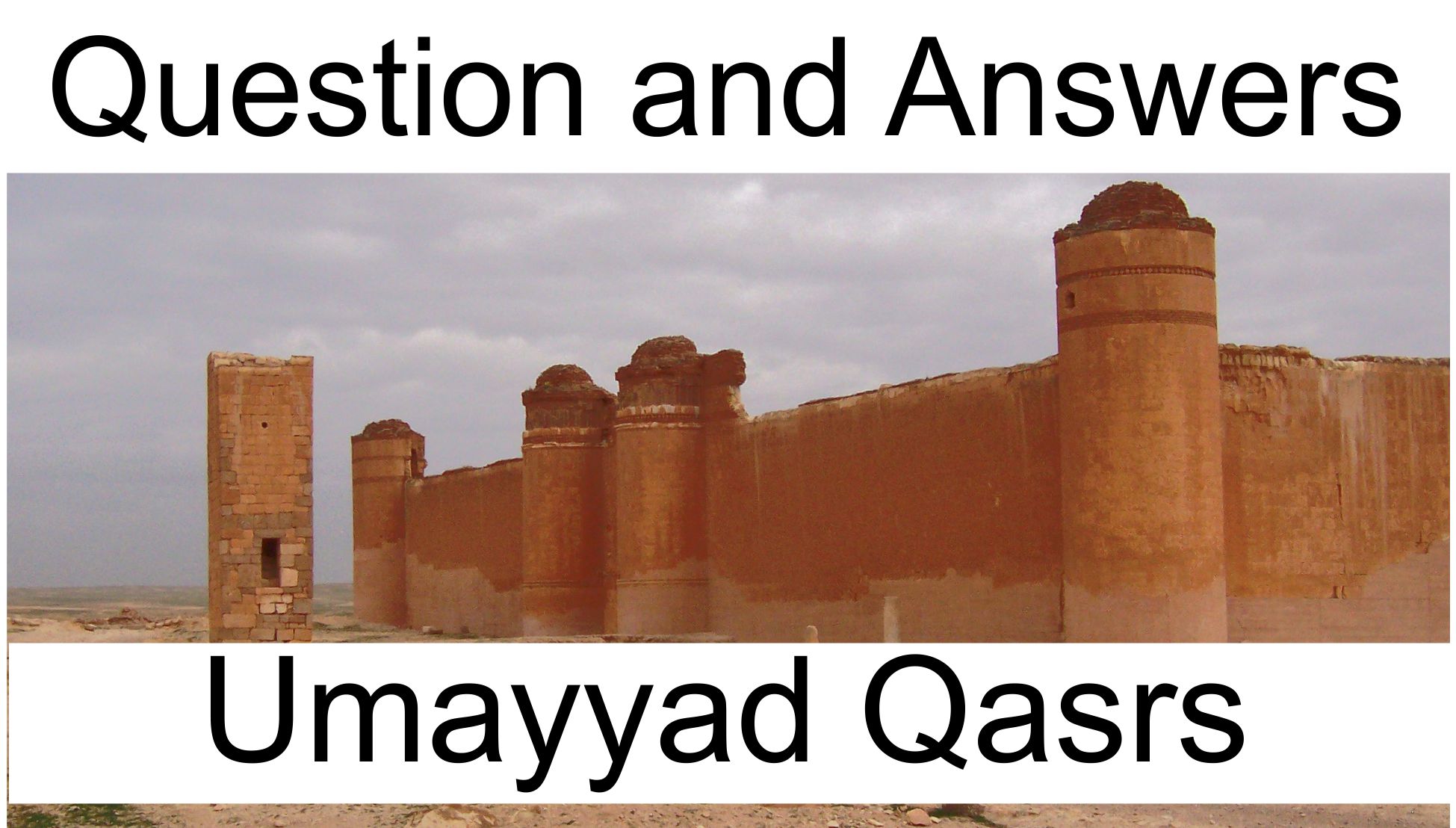
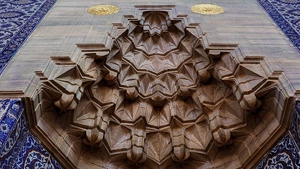
Page Discussion
Membership is required to comment. Membership is free of charge and available to everyone over the age of 16. Just click SignUp, or make a comment below. You will need a user name and a password. The system will automatically send a code to your email address. It should arrive in a few minutes. Enter the code, and you are finished.
Members who post adverts or use inappropriate language or make disrespectful comments will have their membership removed and be barred from the site. By becoming a member you agree to our Terms of Use and our Privacy, Cookies & Ad Policies. Remember that we will never, under any circumstances, sell or give your email address or private information to anyone unless required by law. Please keep your comments on topic. Thanks!